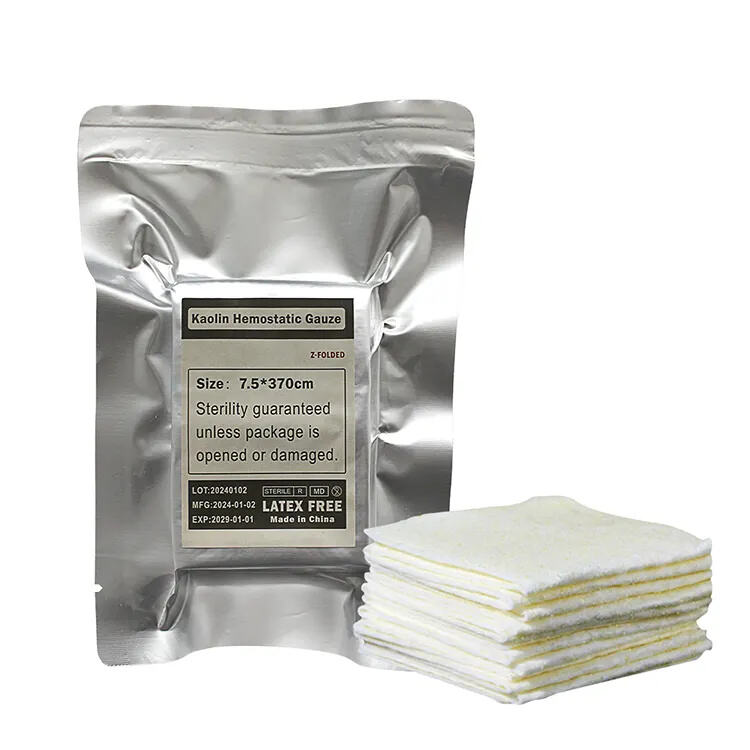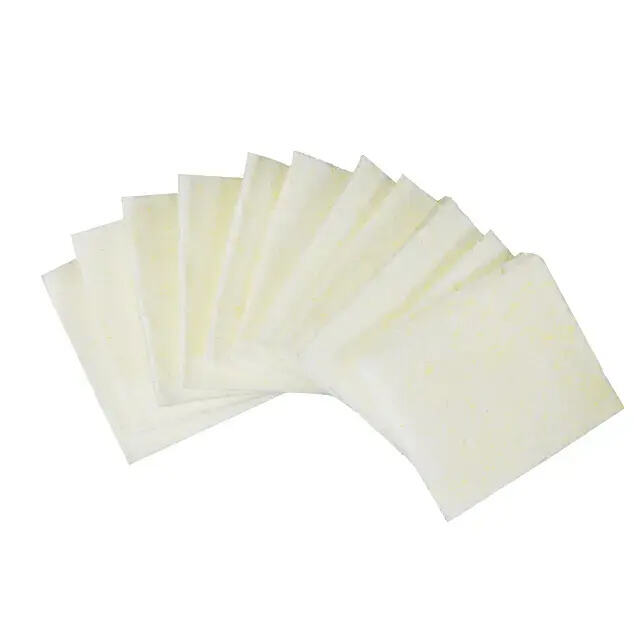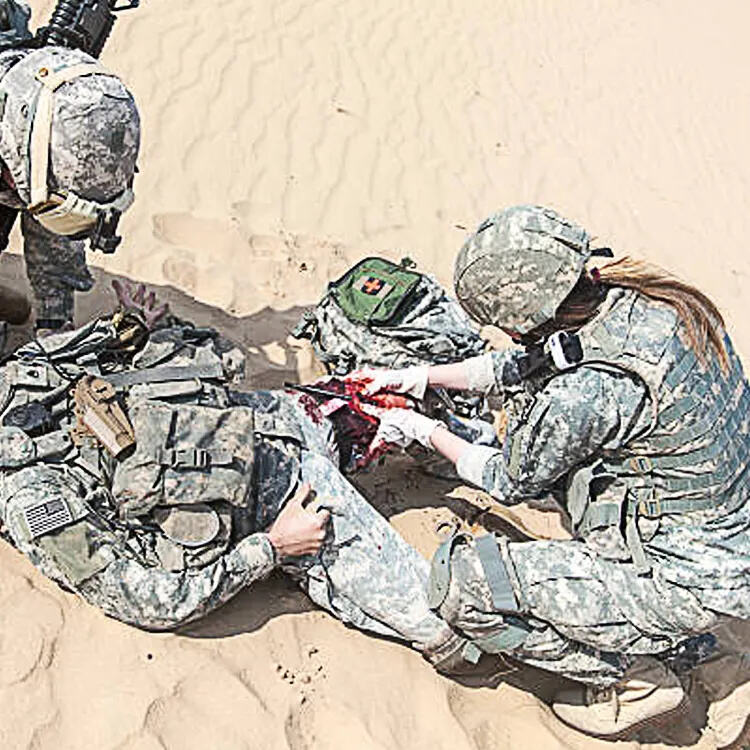Stopping bleeding is extremely important in emergency medicine and trauma care. Several methods have been discovered to lower blood loss and each approach brings special advantages and issues. Especially, hemostatic agents have played a major role in limiting the risk of hemorrhage. Nowadays, using hemostatic granules and traditional gauze in wound care is the preferred choice. Understanding how these tools differ from treatments is useful for improving patients’ outcomes. We talk about the situations in which granules are more suitable than gauze and list what is good and bad about granules and fibers.

When to Use Hemostatic Granules Over Traditional Gauze
When gauze isn’t helping much, hemostatic granules are very useful. The granules consist of substances that help blood clot fast which makes them very beneficial for serious and intense bleeding. When applied to skin, the powder will clot a wound right away.
If the wound is not straight or has a deep injury, hemostatic granules are more helpful than traditional gauze. As a result, hemostatic granules adapt to the form of the wound and get straight to the area where bleeding happens which gauze cannot achieve as well. Moreover, you should use granules when it’s tough to apply gauze such as in combat or cramped areas.
Moreover, hemostatic granules are the best option when applying tourniquets around the groin or armpits is not feasible due to anatomical reasons. Thanks to the granules, the area can get hemostasis even where gauze would not widely go.
Pros and Cons of Granular vs. Fiber-Based Hemostatic Agents
Pros of Hemostatic Granules
1. Rapid Action: The clot is made faster because of the hemostatic granules. In addition, the presence of agents in granules increases the ability to prevent excessive body bleeding which matters in serious bleeding.
2. Adaptability: They are ideal for treating non-lectured injuries because they fit any kind of wound. Treating the wound difficult places is less of an issue with hog dressing and uneven hole patterns will be easier to disguise.
3. Lightweight and portable: Granules are light and packable which makes it easy for soldiers to bring them to difficult areas since they do not take up much space.
Cons of Hemostatic Granules
1.Complex Application: Applying the medicine is more complicated and doctors should confirm the pills reach their intended spot.
2.Potential Complications: Sometimes, Granules may cause problems if they are removed when the wound is steady which can bring about contamination in the area or might require a visit to the hospital for further cleaning.
Pros of Traditional Gauze
1.Familiarity and Ease of Use: It is popular among medical staff to use traditional gauze since it feels easy and steps are common knowledge.
2.Absorbency: Even as time passes, gauze remains able to remove blood and also stops minuscule blood from spreading on the skin.
3.Cost-Effective: Because gauze is much cheaper than advanced hemostatic agents, it is used widely in different healthcare institutions.
Cons of Traditional Gauze
1.Limited Effectiveness in Severe Cases: For heavy bleeding, gauze may not be effective and more actions might need to be taken.
2.Difficult Application in Certain Wounds: Gauze doesn’t always work well in deep, unusual or joined-tissue wounds as granules do.

As a result, using both hemostatic granules and traditional gauze is helpful when dealing with bleeding. Defining the proper treatment depends on the person’s health condition, the wound’s characteristics and details of the place where care is being given. With progress in technology and material science, knowing the details of each hemostatic technique will help improve emergency care and leads to better outcomes for people with bleeding problems. Being up-to-date and well trained on how to apply granules and gauze is important for delivering the right care in emergencies.
 EN
EN
 FR
FR
 DE
DE
 IT
IT
 JA
JA
 KO
KO
 RU
RU
 ES
ES
 AR
AR
 BG
BG
 HR
HR
 DA
DA
 NL
NL
 FI
FI
 EL
EL
 NO
NO
 PL
PL
 PT
PT
 RO
RO
 SV
SV
 TL
TL
 ID
ID
 SR
SR
 UK
UK
 VI
VI
 SQ
SQ
 TH
TH
 TR
TR
 AF
AF
 MS
MS
 CY
CY
 IS
IS
 HY
HY
 AZ
AZ
 KA
KA
 MN
MN
 MY
MY
 KK
KK
 UZ
UZ
 CS
CS



